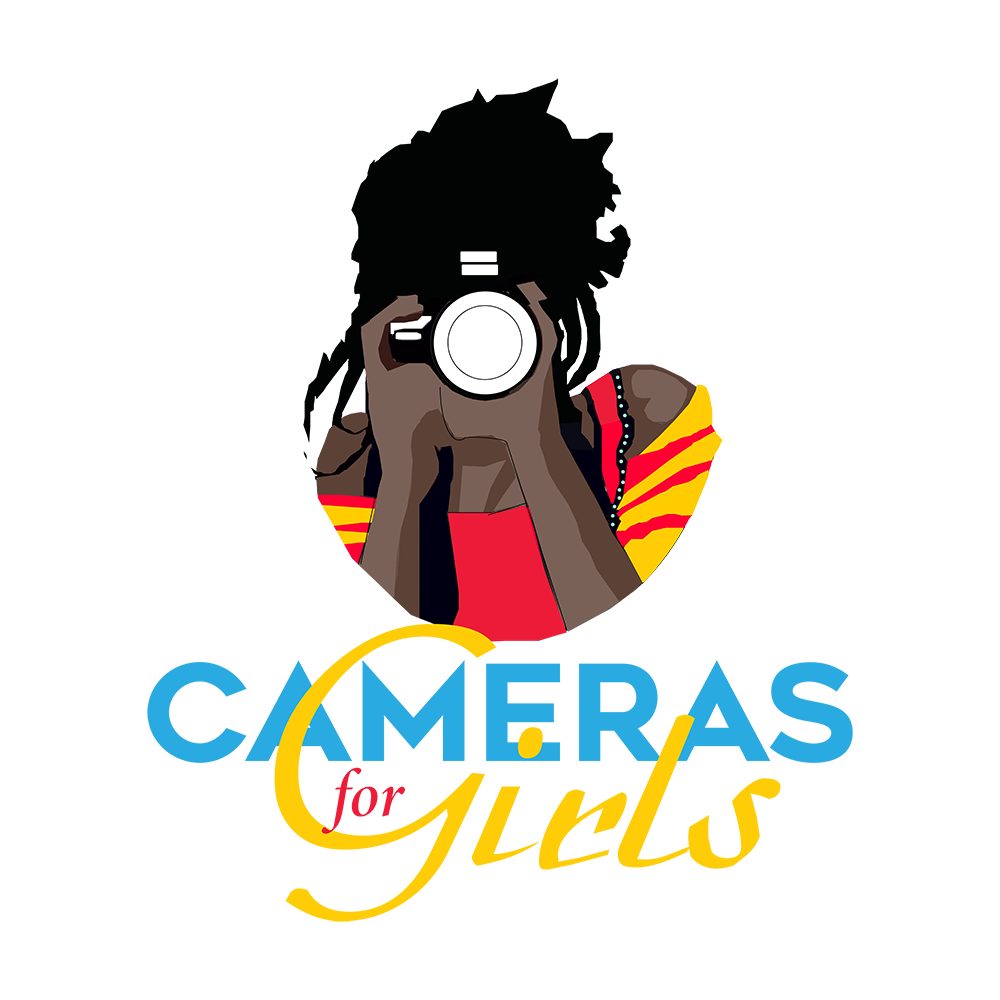Cameras For Girls Faced Many Roadblocks to Success
Over the last few weeks, since the CTV National News feature, many people have reached out to understand the path I took to get to where we are today.
Challenges encountered in teaching basic photography to Uganda girls
There were many challenges and roadblocks on the road to fulfilling this dream of teaching photography to local girls studying to become journalists. For instance, I thought I had settled on a school to learn that the girls cannot always attend school because their families needed them at home to fetch water, take care of the younger children or work in the family homestead. Worse was the fact that many young girls are married off as soon as they hit puberty and never get to attend school. In many cases, the schools lacked electricity, so it would be challenging to teach, let alone have enough light for them to operate a camera.
After months of back and forth, my friend Venex of Rwenzori Safaris suggested we work with girls who were seeking a career in journalism. These girls had either graduated from a mass communication and journalism program or graduated and were looking for work, or were working but not getting paid as they lacked a camera and photography skills. Venex was instrumental in helping me put this all together.
Unbeknownst to me, and most people in the developed world, is that you must have the tools to do your job in Uganda and most developing countries. Unlike North America, students are not provided access to a camera more than a few times over their four-year university education. Thus, the training they have when they graduate is not enough to secure a full-time job as a journalist. Therefore, the gift of a camera and the associated training is a huge stepping stone to a girl getting a paid position as a journalist.
It took me exactly a year to bring it all together, from the time I came up with the idea in August 2017 to our first training in August 2018. As I walked into the training room, which was to take place in a tiny room within a business school with rudimentary facilities, I was scared and excited at the same time. Fifteen young women between the ages of 17-24 showed up ready to learn. They, too, were nervous and excited, so it helped start on the same foot.
Over three days, we covered the basics of photography, including how to hold the camera properly. Most of them had never touched or even operated a camera before that session. We also covered how to work with the exposure triangle – aperture, shutter, and ISO. I also covered composition and perspective.
Helping girls develop photography skills
I also covered tips on succeeding in one's career and how to tell a story using the camera, in light of them embarking on a career in journalism.
We had many challenges that I did not foresee, such as language and cultural barriers, lack of internet access as it was super expensive to stay connected all the time. Personally, I found it challenging as I come from a world where it is ok to question your teachers and have a discussion. However, in Uganda, as is the case for most countries that were once under British rule and still follow this antiquated teaching method, the student was afraid to ask questions and or ask for clarification if they did not understand the lesson. Thus, it took me the first two days to break the ice and make them feel comfortable to ask questions, which was a great learning moment for me. However, even with all challenges we faced, we still managed to pull it off.
The girls had ample time to practice what they learned, and as all of them had never held a camera before, the images they are producing are nothing short of astounding. They won't win photography awards, but if there were an award for perseverance and tenacity, they would win.
Something like this is not possible without the support of the local community in Uganda. First, as I mentioned, I had the support and still do of Venex Watebawa of Rwenzori Media.
Venex is an ardent supporter from day-one and also leads our photo-tours in Uganda through my other company, Triple F Photo Tours.
Next is Kenny Mulinde of Youth Arts Movement, Uganda. He allows us access to his training space, trains the girls in editing, and invites them to learn filmmaking at his quarterly filmmaking camps.
Volunteers are essential when you do something like this, and I have been lucky to call Daniel a friend and invaluable member of our team. Daniel, who goes under the moniker Daniel Moxie, has been instrumental in documenting the work through videos and stills while I am teaching.
This year will be the year we get our charity status, and while we wait for that momentous win, we will keep striving forward and planning for our next trip and training, hopefully later this year or early 2022, depending on the roll-out of the COVID vaccine.
More to come on future posts about this, but for now, here are some images from the training. All photos are by my volunteer Daniel Moxie.
Amina with her students at the CFG workshop, Kampala, Uganda
Lucy learning how to operate the camera at the Cameras For Girls workshop in Uganda
Prisca studying the camera functions at the Cameras For Girls workshop
Amina showing BBC Reporter Patricia Oyella how to operate her camera at the CFG workshop in Kampala, Uganda




